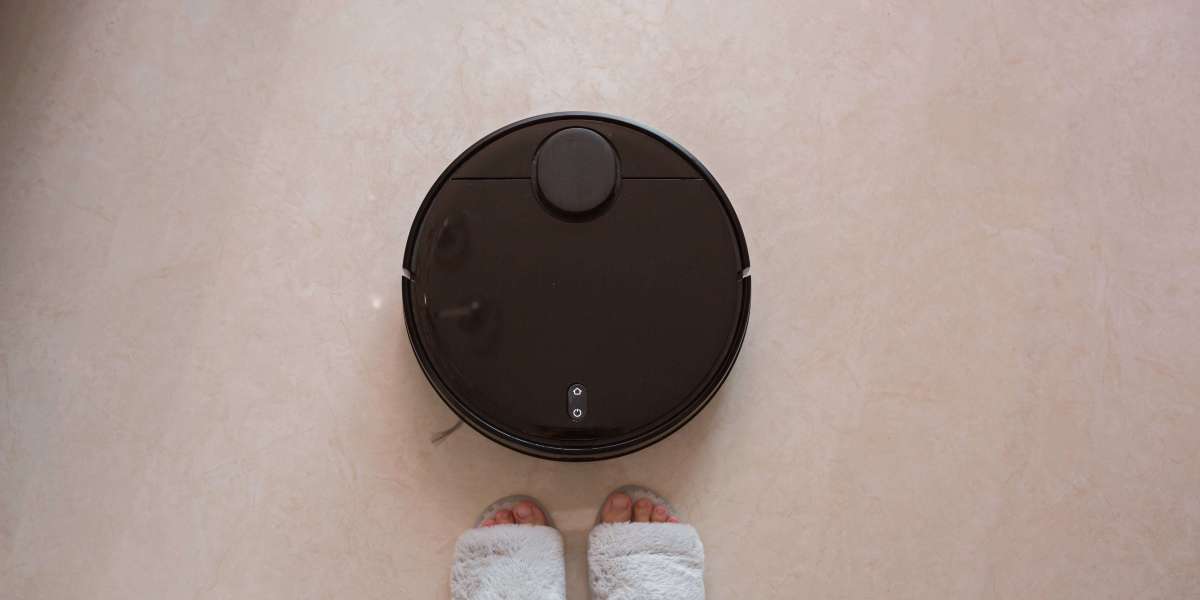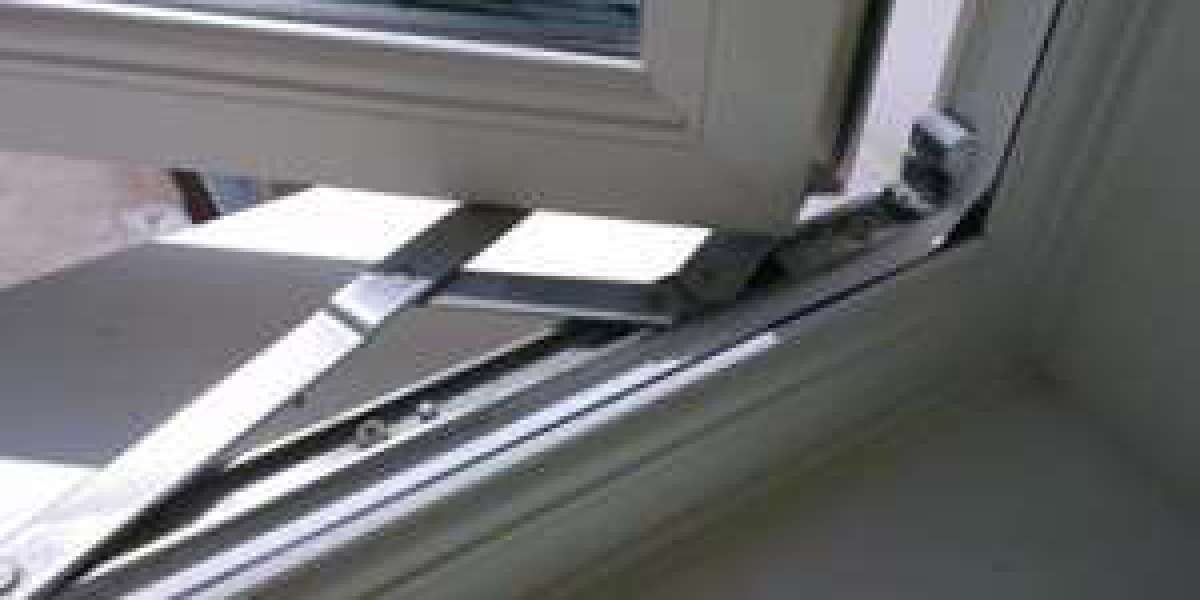Introduction
In the ever-evolving field of physiotherapy, Instrument Assisted Soft Tissue Mobilization (IASTM) has emerged as a groundbreaking technique. Designed to treat soft tissue dysfunction, IASTM involves using specially crafted tools to mobilize fascia and muscle tissue. Whether you're treating athletes or patients with chronic conditions, IASTM offers a targeted and efficient approach to pain relief and recovery.
What Is IASTM?
IASTM stands for Instrument Assisted Soft Tissue Mobilization. It’s a modern manual therapy technique that uses ergonomic instruments to apply controlled pressure and shear forces to the soft tissue. The primary goal is to break down scar tissue, improve mobility, and stimulate a natural healing response.
Unlike traditional manual therapy, which relies solely on the hands, IASTM tools provide better control and access to deeper layers of tissue—making it ideal for resolving myofascial restrictions.
Benefits of IASTM for Physiotherapists
- Faster Recovery
IASTM stimulates fibroblasts, promotes circulation, and encourages tissue regeneration—leading to quicker recovery times.
- Improved Soft Tissue Function
The technique helps release fascial restrictions and scar adhesions, improving mobility and reducing pain in muscles and joints.
- Better Precision
IASTM tools allow physiotherapists to target problem areas with higher accuracy than traditional hands-on methods.
- Effective in Chronic Conditions
From tendonitis to post-surgical stiffness, IASTM has shown promising results in treating chronic musculoskeletal issues.
Conditions Treated with IASTM
- Sciatica
- Plantar fasciitis
- IT band syndrome
- Tendinopathies (Achilles, Patellar)
- Myofascial pain syndrome
- Post-surgical scar tissue
- Frozen shoulder
- Lower back pain
Why IASTM Matters in Today’s Physiotherapy
The demand for non-invasive and efficient treatment options is rising. Patients want fast relief with minimal downtime, and therapists are turning to evidence-based techniques. IASTM bridges that gap by offering:
- High patient satisfaction
- Minimal side effects
- Increased efficiency in manual therapy sessions
- A complement to rehab exercises and taping methods
IASTM Tools and Techniques
IASTM tools are typically made from stainless steel or polycarbonate materials with various shapes and edges. Some of the popular tools include:
- Concave and convex blades for muscle contours
- Instruments with beveled edges for scraping
- Rounded tools for fascial release in sensitive areas
A trained physiotherapist uses these tools in specific patterns, targeting the fascia and soft tissue layers while maintaining patient comfort.
Learning IASTM: A Smart Move for Physios
Adding IASTM to your skillset can set you apart in your physiotherapy career. It not only broadens your treatment approach but also aligns with the growing demand for advanced techniques in sports rehabilitation and chronic pain management.
E-learning platforms like E-Physioneeds offer structured certification courses on IASTM, complete with expert instruction and lifetime mentorship—helping you stay ahead of the curve.
FAQs About IASTM
What is the main goal of IASTM?
To mobilize soft tissue, release adhesions, and stimulate healing by using specialized instruments.
Is IASTM painful for patients?
Some mild discomfort may occur during treatment, but most patients report feeling better and looser afterward.
Can IASTM be used on all age groups?
Yes, but pressure and technique should be adjusted based on the patient’s condition and tolerance.
Does IASTM help with sciatica?
Yes, it can release myofascial restrictions around the sciatic nerve, easing pressure and reducing radiating pain.
How can physiotherapists learn IASTM?
Through certified courses such as those offered by E-Physioneeds, which include video demos, theoretical modules, and expert support.
Conclusion
IASTM is revolutionizing how physiotherapists treat soft tissue dysfunction. It’s efficient, patient-friendly, and scientifically backed. As soft tissue therapy continues to evolve, mastering tools like IASTM can help you deliver better results and stay competitive in your field. If you’re ready to elevate your physio practice, it’s time to get hands-on with IASTM.










